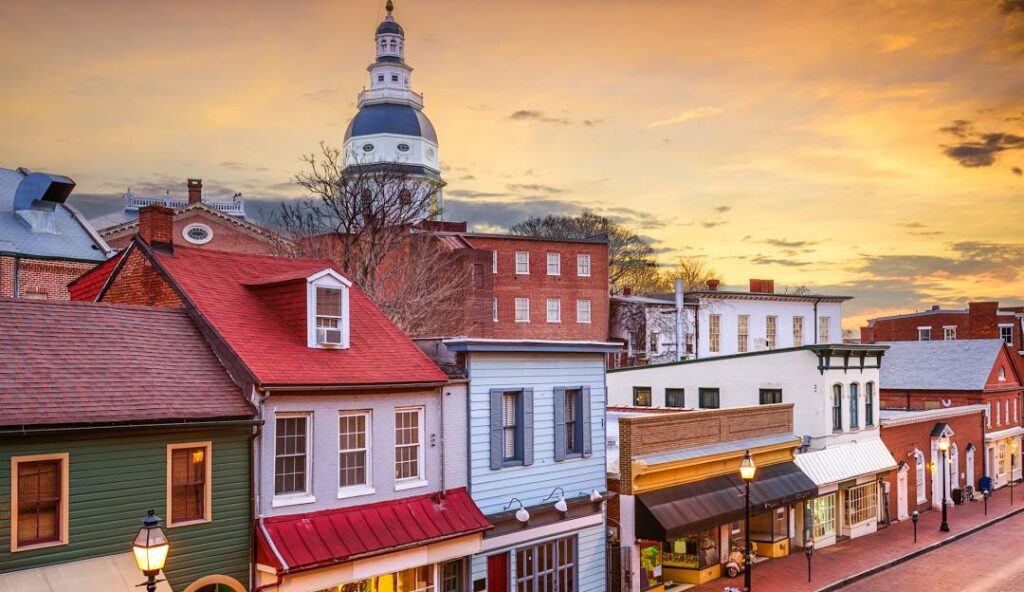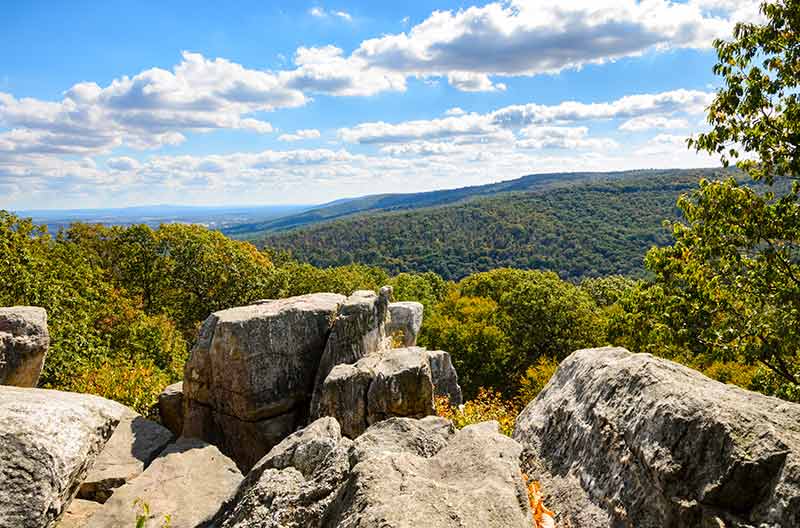Your Maryland Flood Insurance Source

- no matter the property, location, or flood zone.
Maryland Flood Insurance
Getting Flood Insurance in Maryland is Simple.
We work with some of the nation’s largest private flood insurers to provide you with coverage you can trust. Flood damage can happen to you, no matter where your home, apartment or business is located. You can buy flood insurance even if your property is not located in a flood plain. Mortgage lenders, pursuant to federal law, may require homeowners to purchase flood insurance. Flood insurance requirements are based on current effective Flood Insurance Rate Maps (FIRMs).
Compare Maryland Flood Insurance Rates
What does this mean for you and your flood insurance policy?
More options with faster turnaround, better coverage solutions, and more competitive yearly premiums!
Speak to an Expert
Our team is standing by to answer your questions and walk you through the process.
Great Prices
A flood can cause tens of thousands of dollars in damage.
Get a Quote Online
In less than 15 minutes, get a quote online for your flood insurance policy
Live Chat
Don’t have time to call? Tell us about your question and we’ll connect you to a live expert.
At posuere elit fermentum amet habitant vulputate eros. Enim mattis class elit habitasse justo morbi nibh interdum.

Old Line State
 Maryland, often referred to as the "Old Line State," is a state rich in history, culture, and natural beauty. Located in the Mid-Atlantic region of the United States, Maryland is bordered by Pennsylvania to the north, Delaware to the east, Virginia and West Virginia to the south and west, and the District of Columbia to the southwest. Despite its relatively small size, Maryland's diverse geography, vibrant cities, and significant historical landmarks make it a fascinating state.
Maryland, often referred to as the "Old Line State," is a state rich in history, culture, and natural beauty. Located in the Mid-Atlantic region of the United States, Maryland is bordered by Pennsylvania to the north, Delaware to the east, Virginia and West Virginia to the south and west, and the District of Columbia to the southwest. Despite its relatively small size, Maryland's diverse geography, vibrant cities, and significant historical landmarks make it a fascinating state.
Early History and Colonial Era
Maryland's history dates back to the early 17th century when it was established as an English colony. The colony was founded by George Calvert, the first Lord Baltimore, and was named in honor of Queen Henrietta Maria, the wife of King Charles I of England.
Key Events:
- Maryland Charter (1632): King Charles I granted George Calvert a charter to establish a colony that would serve as a haven for English Catholics facing persecution in Protestant England.
- Settlement of St. Mary's City (1634): The first group of settlers, led by Leonard Calvert, George Calvert's son, arrived and established St. Mary's City, the first capital of Maryland.
The Road to Independence
Maryland played a significant role in the events leading up to the American Revolution. The state was an early supporter of the fight for independence from British rule.
Key Events:
- Annapolis Convention (1774-1776): Maryland hosted the Annapolis Convention, where delegates from the Thirteen Colonies gathered to coordinate their resistance against British policies.
- Signing of the Declaration of Independence (1776): Maryland was one of the thirteen colonies that signed the Declaration of Independence, with Charles Carroll of Carrollton being the only Catholic signer.
The Civil War and Beyond
Maryland's strategic location made it a significant player during the Civil War. Despite being a slave state, Maryland remained in the Union.
Key Events:
- Battle of Antietam (1862): One of the bloodiest battles of the Civil War, the Battle of Antietam took place near Sharpsburg, Maryland. It was a crucial Union victory that led to President Abraham Lincoln issuing the Emancipation Proclamation.
- Post-War Growth: After the Civil War, Maryland experienced rapid industrial growth, particularly in Baltimore, which became a major port and manufacturing center.
20th Century and Modern Era
The 20th century brought significant changes and development to Maryland, making it a hub for education, healthcare, and technology.
Economic Development:
- Baltimore: The city continued to grow as a major economic center with a diverse industrial base, including shipping, steel production, and manufacturing.
- Suburban Growth: The growth of suburbs around Washington, D.C., brought an influx of residents and businesses to the state.
Education and Research:
- Johns Hopkins University: Founded in 1876, Johns Hopkins University in Baltimore has become a world-renowned institution for higher education and medical research.
- University of Maryland: The University of Maryland system, with its flagship campus in College Park, is a leading public university known for research and innovation.
Natural Beauty and Recreation
Maryland's diverse geography includes mountains in the west, rolling hills in the central region, and coastal plains along the Chesapeake Bay and the Atlantic Ocean.
Chesapeake Bay:
- Environmental Significance: The Chesapeake Bay is the largest estuary in the United States and a critical habitat for a wide variety of marine life. Efforts to protect and restore the bay are ongoing.
- Recreation: The bay offers numerous recreational opportunities, including boating, fishing, and crabbing.
State Parks and Natural Areas:
- Assateague Island National Seashore: Known for its wild horses and pristine beaches, Assateague Island is a popular destination for outdoor enthusiasts.
- Appalachian Mountains: Western Maryland features part of the Appalachian Trail and offers hiking, camping, and scenic views.
Cultural and Historical Attractions
Maryland boasts a rich cultural heritage and numerous historical sites.
Historic Annapolis:
- State Capital: Annapolis, the state capital, is known for its well-preserved colonial architecture and historical landmarks, including the Maryland State House, the oldest state capitol still in continuous legislative use.
- U.S. Naval Academy: Founded in 1845, the U.S. Naval Academy in Annapolis is an important institution for training officers for the Navy and Marine Corps.
Baltimore:
- Inner Harbor: Baltimore's Inner Harbor is a major tourist attraction, featuring museums, shops, and the National Aquarium.
- Cultural Institutions: The city is home to several cultural institutions, including the Baltimore Museum of Art and the Walters Art Museum.



